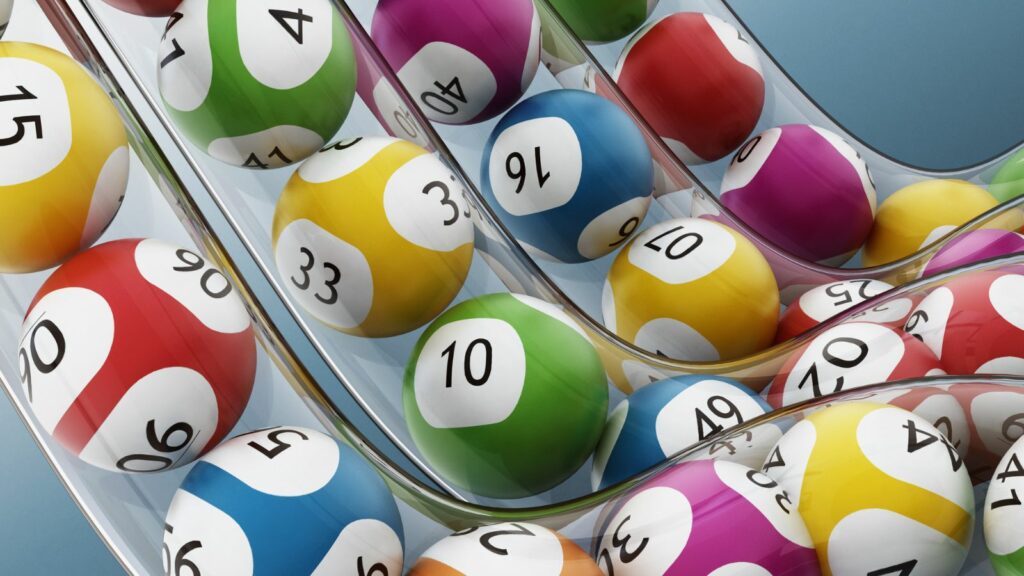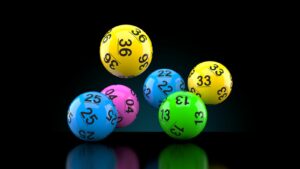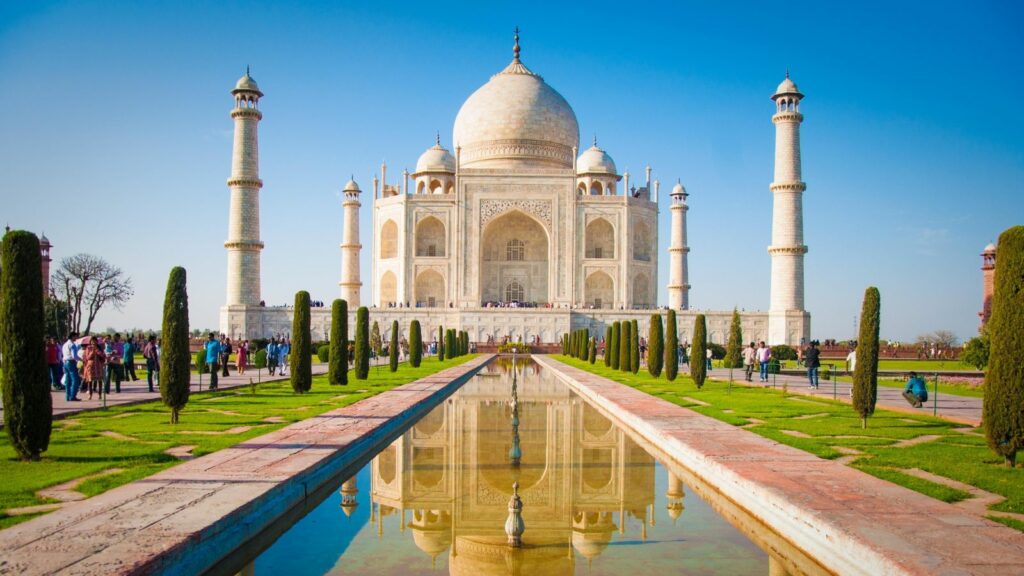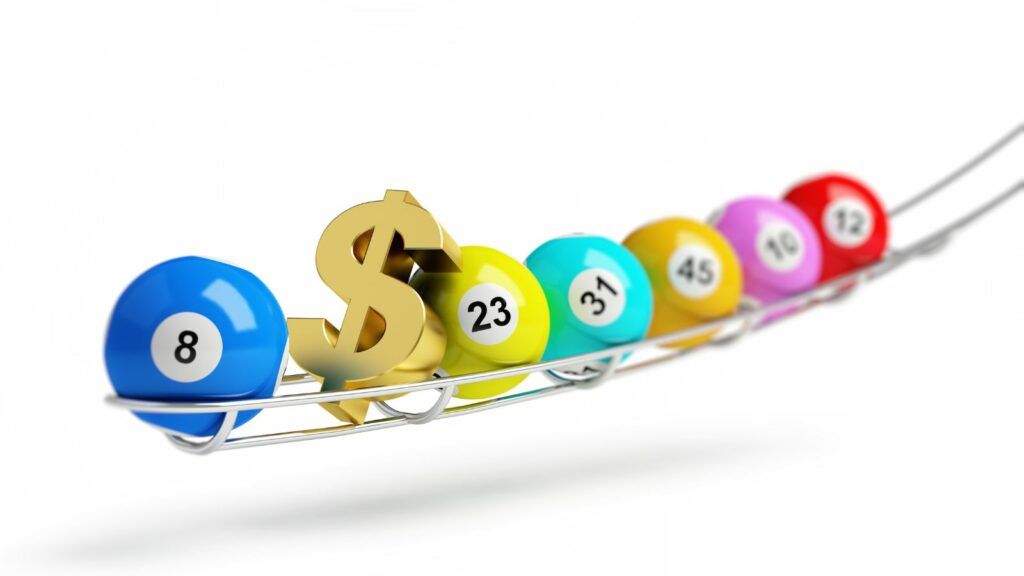In the sparkling world of precious stones, the diamond matka holds a unique allure. This traditional Indian vessel, often studded with diamonds, is more than just an opulent showpiece. It’s a symbol of wealth, prosperity, and cultural heritage that has been cherished for centuries.
The diamond matka’s intricate design and craftsmanship speak volumes about India’s rich artistic legacy. But what’s the story behind this glittering artifact? How has it managed to retain its charm in a rapidly modernizing world? Let’s delve into the fascinating journey of the diamond matka, exploring its origins, significance, and the craftsmanship that goes into creating each exquisite piece.
Diamond Matka
The diamond matka’s journey, laden with cultural significance and artistic legacy, extends beyond its visual appeal. This section dwells upon the history of this traditional Indian artifact and the intricate rules of the game associated with it, often described as a source of excitement.
Tracing the roots of diamond matka, we find its inception in India during the illustrious era of monarchs and craftsmen. Grounded in cultural rituals, it emerged as a significant part of societal functions and celebrations. Craftsmen, meticulously selecting each diamond, embarked on producing these vessels, elevating them beyond mere containers to symbols of prosperity. An exemplary example, indeed, of ancient Indian craftsmanship, the diamond matka, reflects a deeper understanding of art and aesthetics.
Rules and Gameplay
In the recent past, the term ‘diamond matka’ has acquired an exhilarating nuance crossed with traditional gaming in India. The game entails guessing numbers and betting on them, adding a thrill to social gatherings, and the stakes, historically, might even involve a physical diamond matka. Firstly, a player picks a number, ranging between 00 and 99. Secondly, a deposit gets made betting on the chosen number. Thereafter, twice on a daily basis, numbers get drawn, and rewards correlate with the wager entered, giving the game a modern spin, blending tradition with contemporary sensibilities.
Why Diamond Matka Is Popular
It’s no surprise that Diamond Matka gains traction, boasting attributes both as a symbol of prosperity and an adrenaline-pumping game.
Diamond Matka, positioned as a game, gains engagement on the thrill of chance it offers. Players attempt to predict the number-combinations, holding the potential for large payouts. This aspect of chance elevates ordinary social gatherings into lively, interactive events, escalating the appeal of Diamond Matka.
Easy to Learn and Play
Apart from the allure of chance, Diamond Matka’s popularity roots in its simplicity. It doesn’t require extensive knowledge or complex strategies, making it accessible and straightforward to play. This game, hinged on predicting numbers, fosters engagement across varied age groups, contributing to its widespread acclaim.
Comparing Diamond Matka with Other Forms of Lottery Games
Comparing Diamond Matka with traditional lottery games gives a broad perspective of just how unique this game is. This comparison uncovers the differences and similarities, offering essential insights into Diamond Matka’s growing popularity.
Diamond Matka, unlike other lottery games, combines traditional cultural elements and contemporary gaming mechanics. The game’s basis on a traditional Indian pottery vessel makes it stand out, with each game bearing cultural connotations and significance beyond a simple lottery.
Players generate number combinations, representing a way to tap into human ingenuity, possibility exploration, and a dash of daring that traditional lottery games often don’t cultivate.
Moreover, Diamond Matka isn’t strictly tied to cash payouts. This flexibility of reward type permits a wider range of possibilities for player motivation and satisfaction, unlike traditional lottery games, which typically focus on a cash pool prize.





